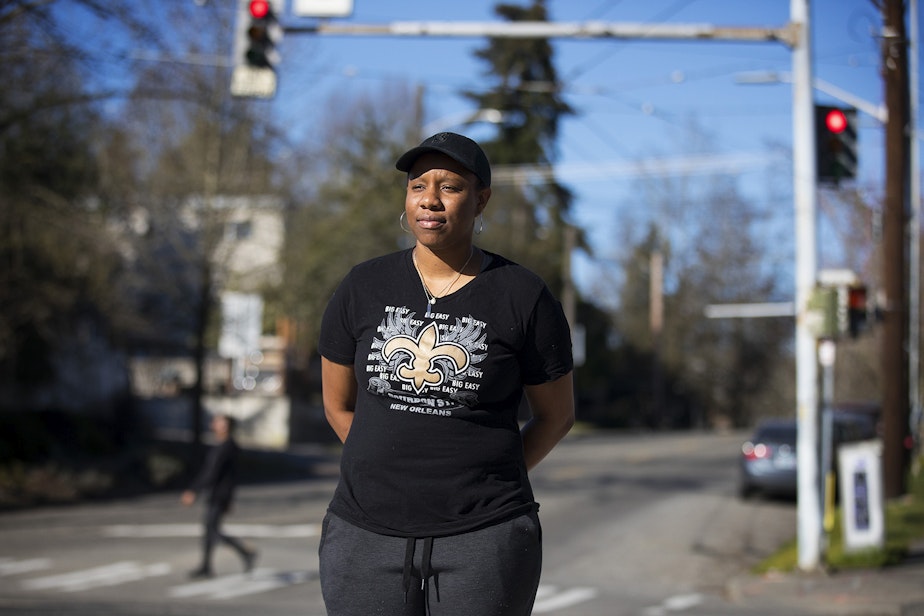The 8 Seattle intersections with the most red-light crashes

Two years ago, Joy Hollingsworth had a theory: The intersection of 23rd Avenue and East John Street, in Seattle's Central District, was getting more dangerous.
She knew this corner well; her grandparents had bought a house here some 70 years ago.
To test her theory, Hollingsworth installed a security camera, pointed it at the corner, and started recording 24 hours a day.
Red-light crashes don't just look scary: they kill. Nationwide, more than 800 people died in red-light fatalities in 2016, a big jump from a few years before.
A year later in 2017, Seattle had one fatality due to a red-light crash, according to the Department of Transportation. There were 229 red-light crashes in the city that year.
Watch: 1-minute video of crashes at 23rd & East John in 2018.
Sponsored
At the Central District corner, Hollingsworth said one driver “ran a red light, hit a truck, T-boned it, and all of the trucks parts which had wood, metal, sprayed all over the road, and wiped out the sidewalk.”
The driver was pregnant and her airbag went off. Nobody was hurt, but the incident moved Hollingsworth to edit the crashes together and post them to YouTube (watch that video above).
This intersection in the Central District does not, however, rank in the top 8 for most red-light crashes in Seattle.
Of those top most dangerous intersections, seven were downtown. Lucky number 8 on the list is the parking lot of the VA Puget Sound hospital on Beacon Hill.
Sponsored
This all sounds dire, but it turns out, Seattle intersections are relatively safe in terms of red-light running fatalities, compared with other cities with 100,000 people or more.
With five red-light fatalities from 2013 to 2017, Seattle was tied 84th for worst big city, according to data gathered by the National Highway Traffic Safety Administration. Tacoma had four deaths in that period.
Houston topped the list with 81 fatalities, followed by Los Angeles (69), Phoenix (63), and Dallas (42).
Some of the relative success is because Seattle started addressing red-light running with red-light cameras more than a decade ago.
Sponsored
The cameras now watch 24 intersections around town; Hollingsworth's corner in the Central District among them.
There was a 64 percent drop in red-light crashes at the 23rd and East John intersection in the three years after a red light camera was installed compared to the three years prior, according to Seattle Department of Transportation.
Citywide there's been around a 17 percent drop on average after the red-light cameras were installed. A 2017 study showed around a 20 percent drop in red-light running fatalities nationally.
Good news, but Hollingsworth isn't crazy about the cameras (other than her own) monitoring intersections. She feels Big Brother uses too much surveillance as it is.
Hollingsworth believes the underlying problem is too much growth too fast, and the resulting traffic congestion. Drivers rushing around town, distracted, not paying attention to red lights, she said.
Sponsored
(And don’t get her started on the drivers she sees texting and driving as they speed through this intersection.)
Hollingsworth's message to drivers rushing through this intersection? Leave a little earlier, and please slow down.



